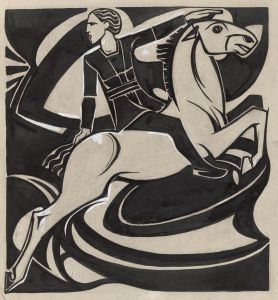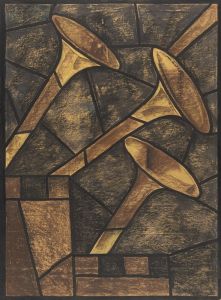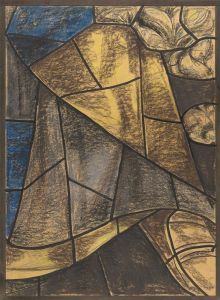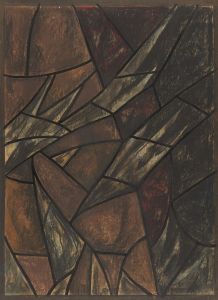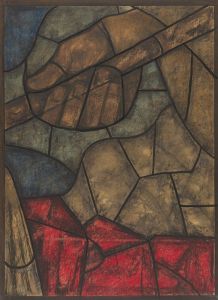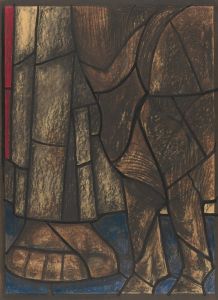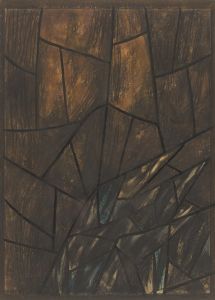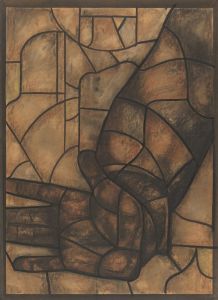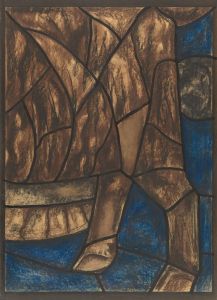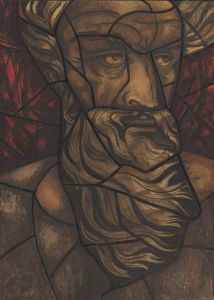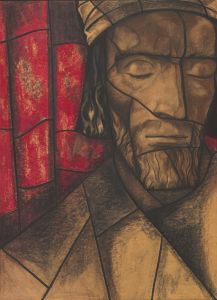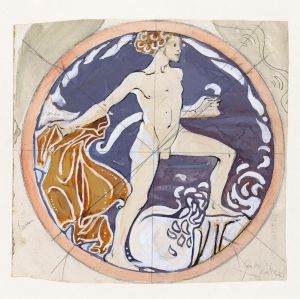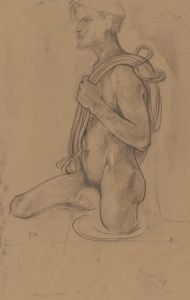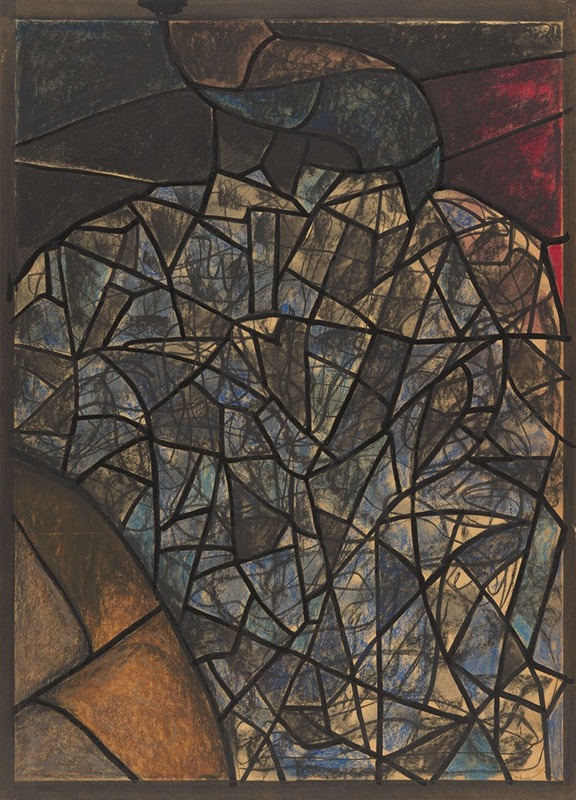
Ontwerp voor raam in het Noordertransept in de Dom te Utrecht 56
A hand-painted replica of Richard Nicolaüs Roland Holst’s masterpiece Ontwerp voor raam in het Noordertransept in de Dom te Utrecht 56, meticulously crafted by professional artists to capture the true essence of the original. Each piece is created with museum-quality canvas and rare mineral pigments, carefully painted by experienced artists with delicate brushstrokes and rich, layered colors to perfectly recreate the texture of the original artwork. Unlike machine-printed reproductions, this hand-painted version brings the painting to life, infused with the artist’s emotions and skill in every stroke. Whether for personal collection or home decoration, it instantly elevates the artistic atmosphere of any space.
Richard Nicolaüs Roland Holst was a prominent Dutch artist known for his contributions to the Arts and Crafts movement in the Netherlands. His work often encompassed a variety of mediums, including painting, illustration, and stained glass design. One of his notable works is the stained glass window design titled "Ontwerp voor raam in het Noordertransept in de Dom te Utrecht 56," which translates to "Design for a Window in the North Transept of the Dom in Utrecht 56."
The Dom Church, or St. Martin's Cathedral, in Utrecht is a significant historical and architectural landmark in the Netherlands. It has been a central place of worship and a key feature of Utrecht's skyline for centuries. The church is known for its Gothic architecture and has undergone various renovations and restorations over the years. Stained glass windows are a prominent feature of Gothic cathedrals, serving both decorative and didactic purposes by illustrating biblical stories and saints' lives.
Roland Holst's design for the stained glass window in the north transept of the Dom Church reflects his artistic style, which was heavily influenced by the Arts and Crafts movement. This movement emphasized traditional craftsmanship, the use of simple forms, and often included medieval, romantic, or folk styles of decoration. Roland Holst was known for his ability to integrate these elements into his work, creating pieces that were both aesthetically pleasing and rich in symbolic meaning.
The stained glass design by Roland Holst would have been part of a broader effort to restore or enhance the church's interior, contributing to the spiritual and aesthetic experience of the space. Stained glass windows in churches like the Dom are not only artistic expressions but also serve to illuminate the interior with colored light, creating an atmosphere conducive to reflection and worship.
Roland Holst's work in stained glass is characterized by his use of vibrant colors and intricate patterns. His designs often included religious iconography, drawing on biblical themes and figures, which would have been appropriate for a setting like the Dom Church. The specific details of the "Ontwerp voor raam in het Noordertransept in de Dom te Utrecht 56" would reflect these characteristics, although the exact imagery and symbolism used in this particular design are not widely documented.
Throughout his career, Roland Holst was involved in various artistic and cultural initiatives, and his work in stained glass is considered an important part of his legacy. His contributions to the field have been recognized as significant in the context of Dutch art history, particularly in the way he blended traditional techniques with modern artistic sensibilities.
Overall, Richard Nicolaüs Roland Holst's design for the stained glass window in the north transept of the Dom Church in Utrecht represents an intersection of art, history, and spirituality, embodying the principles of the Arts and Crafts movement while contributing to the rich tapestry of the church's artistic heritage.






